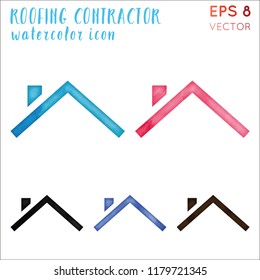Recognizing Seasonal Influences On Commercial Exterior Paint: Important Expertise For Success
Recognizing Seasonal Influences On Commercial Exterior Paint: Important Expertise For Success
Blog Article
Post Writer-Burnham Rosendal
When you're preparing a commercial exterior paint project, seasonal elements can make or damage your results. You'll wish to think about how temperature level and humidity effect paint application and drying times. Picking the ideal season can ensure your paint sticks effectively and lasts longer. Yet which periods are absolutely the best for this type of job? Allow's discover the crucial elements that can impact your task's success.
The Influence of Temperature on Paint Application
When you're planning a business exterior paint task, the temperature level can considerably affect how well the paint adheres and dries.
Preferably, you want to paint when temperatures range between 50 ° F and 85 ° F. If it's too cool, the paint may not heal correctly, resulting in concerns like peeling off or cracking.
On the other side, if it's too warm, the paint can dry out also quickly, preventing correct attachment and resulting in an unequal finish.
You ought to additionally take into consideration the moment of day; morning or late afternoon provides cooler temperature levels, which can be much more favorable.
Constantly inspect the supplier's referrals for the particular paint you're making use of, as they often provide support on the optimal temperature range for optimal outcomes.
Moisture and Its Effect on Drying Times
Temperature level isn't the only environmental factor that affects your commercial outside paint job; humidity plays a considerable duty as well. High humidity degrees can reduce drying out times dramatically, influencing the general high quality of your paint task.
When the air is saturated with wetness, the paint takes longer to heal, which can result in issues like bad adhesion and a greater risk of mold growth. If you're repainting on a specifically damp day, be planned for extensive wait times between layers.
painting contractors mn to keep track of local climate condition and plan appropriately. Preferably, aim for moisture levels in between 40% and 70% for optimum drying out.
Maintaining interior painters edmonton consider mind ensures your project remains on track and supplies an enduring finish.
Best Seasons for Commercial Outside Paint Projects
What's the very best time of year for your industrial outside painting tasks?
Spring and very early loss are commonly your best options. Throughout these seasons, temperature levels are moderate, and humidity degrees are usually reduced, producing optimal conditions for paint application and drying out.
Avoid summertime's intense heat, which can create paint to dry as well promptly, resulting in inadequate attachment and surface. Likewise, winter's cold temperature levels can prevent correct drying out and healing, running the risk of the long life of your paint job.
Aim for days with temperature levels in between 50 ° F and 85 ° F for optimal results. Remember to inspect the local weather forecast for rainfall, as wet problems can wreck your task.
Planning around these factors guarantees your painting task runs smoothly and lasts longer.
Final thought
To conclude, planning your commercial outside paint projects around seasonal factors to consider can make a substantial difference in the outcome. By organizing work during the ideal temperature levels and humidity degrees, you'll guarantee far better adhesion and drying out times. Remember to watch on local weather report and select the right time of year-- spring and early loss are your best options. Taking these actions will assist you accomplish a sturdy and professional coating that lasts.
